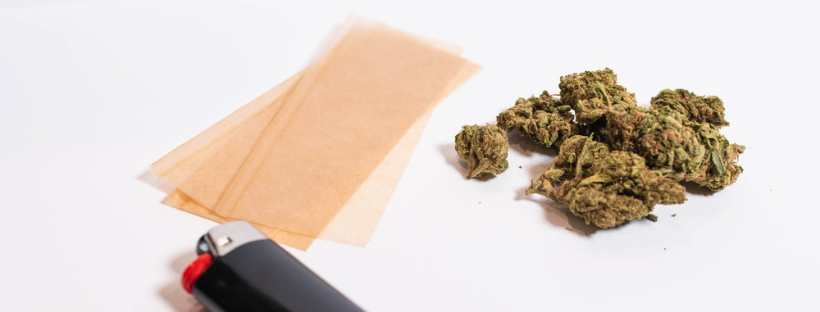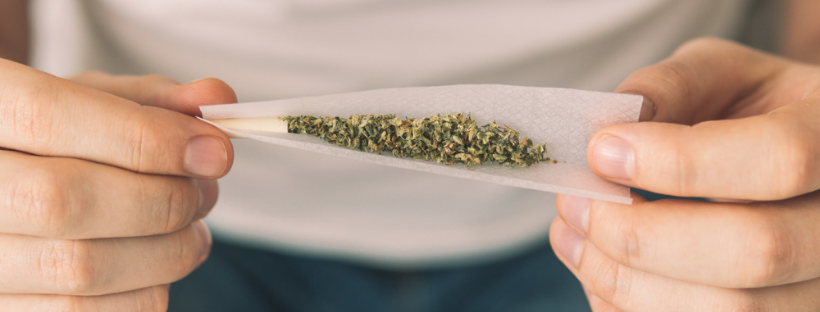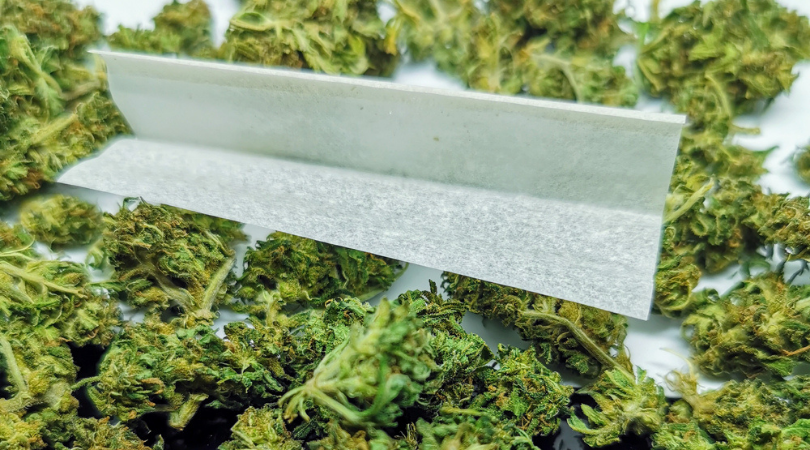Cannabis
How to Choose the Right Rolling Papers
Rolling tobacco or marijuana is an acquired skill. Whether you are new at this or have been at it for a while, rolling a joint is a skill learned over time. The way you roll your joint can affect its taste, size, and even the speed at which it burns. Different people apply different styles and techniques.
Choosing the right paper is important in this art. The demand and choice for rolling paper options grow every day. You can select your paper depending on many variables, such as style, size of joint, and other custom requirements. Here is a guide on how to choose the right rolling papers for your merch.
Choose Papers By Their Materials
Apart from branding and packaging, rolling papers come in different materials. There is no one material that trumps the others. Rolling materials are manufactured with natural and organic raw materials in an attempt to keep the product as pure as possible. People prefer different feels, textures, and looks. Rolling paper comes in a variety of materials to match these needs.
Rice Papers
Rice papers come from rice that has been dehydrated and compressed into thin sheets of paper. Sometimes, they have other additives like flax to stabilize them. Rice papers are almost tasteless and slow-burning. They are ideal for rolling thin joints since they are too thin to handle a fat joint. Manipulating rice papers requires skill since they are delicate.
Wood Pulp Papers
The traditional rolling papers that have stood the test of time are made from wood pulp. This is the same paper used on cigarettes and tobacco rolling. Wood pulp papers are common and readily available. They are easy to manufacture and use. If you are a beginner, this is a good choice. They are stable and not too thin, making them easy to maneuver.
Some wood pulp papers are made with pure wood pulp, while others incorporate flax. Most people prefer unbleached wood pulp papers since they have a natural taste. They have a medium to fast burn rate, so the joints you roll with unbleached wood papers have a good burn rate.

Hemp Rolling Papers
The hemp plant is a lot like cannabis, although it contains lower levels of tetrahydrocannabinol. Hemp rolling papers come from hemp plant fiber. They have some texture, and they are not as thin as rice papers, making them easy to use. Hemp rolling papers have a similar taste to cannabis, so they’ve become a popular option. They burn slowly, making the best out of the joint.
Choose Papers That Match Your Skill Level
Some papers are simple to roll, while others are too thin, so they require a certain art to it. Most people begin with wood pulp papers because they are the common ones in the market. Hemp rolling papers are also a good choice for beginners. They roll easily and do not have an unpleasant taste. Using rice papers is like going pro on the joint rolling business. They are delicate and thin, but they make tidy joints once you get used to them.
Ultra-thin rolling papers are the next level once you can handle rice rolling papers. They minimize the amount of paper so that your hit can be as pure as it gets. Ultra-thin rolling papers also minimize the smoke smell, coughing, and ash residue. They require a certain finesse to handle since they can easily tear. Some ultra-thin hemp papers are almost invisible to give you the allure of a pure joint. Ultra-thin rolling papers can be tricky for a beginner. However, with time you can learn how to work with them.
Choose Your Rolling Paper By the Size of Joint
Joints come in a variety of sizes, from single-wide to king-size. A single-wide measures 68-70 millimeters lengthwise and 34-36 millimeters widthwise. They are small and thin, so they require a small piece of paper to roll.
A double-wide is double the size of a single-wide, measuring 76-78 millimeters lengthwise and 63-88 millimeters widthwise. Size 11/4 is larger than a single wide by 25%. It is approximately 76-78 millimeters lengthwise and 45-48 millimeters widthwise. Most people roll it in a cone and pass it among friends.
Size 11/2 is for joints that are 50% larger than a single-wide. King size is ideal for making massive joints that go up to 100-110 millimeters lengthwise and 55-60 millimeters widthwise. These are the ones that you see celebrities spotting in their music videos. The size of the paper has to match the size of the joint. Keep in mind, though, thick paper burns slower, while thin paper burns quicker.

Branding and Custom Jobs
Some people prefer rolling paper that is aesthetically pleasing to the eye. This is where branding and custom-made papers come in. The papers are still made with wood pulp, rice, or hemp. However, they come in special branding designs and sizes.
Some are custom-made for the consumer. For example, you can get pink papers that appeal more to women. Some branding companies put their logo or their name on the paper. It makes sense for medical marijuana and other fancy brands.
However, printing on rolling papers should be minimal to avoid smoking artificial dye and other chemicals. Some branding companies use natural food colors to print their papers, while others use smoke to stain the papers. This keeps them natural and good for smoking even when they have images on them.
Bottom Line
Choosing joint rolling papers is a matter of preference. Sometimes, you have to go through a trial-and-error phase before finding your sweet spot. You can experiment with various rolling papers for different types and sizes of weed. You can have different types of paper for different occasions as well. If you are a beginner, have patience and give it time to come to you. Soon you will be a master roller. You can roll joints depending on the size, taste, and occasion. The idea is to start with smaller sizes and basic materials. Work your way up with bigger sizes and more delicate materials as you move along.


